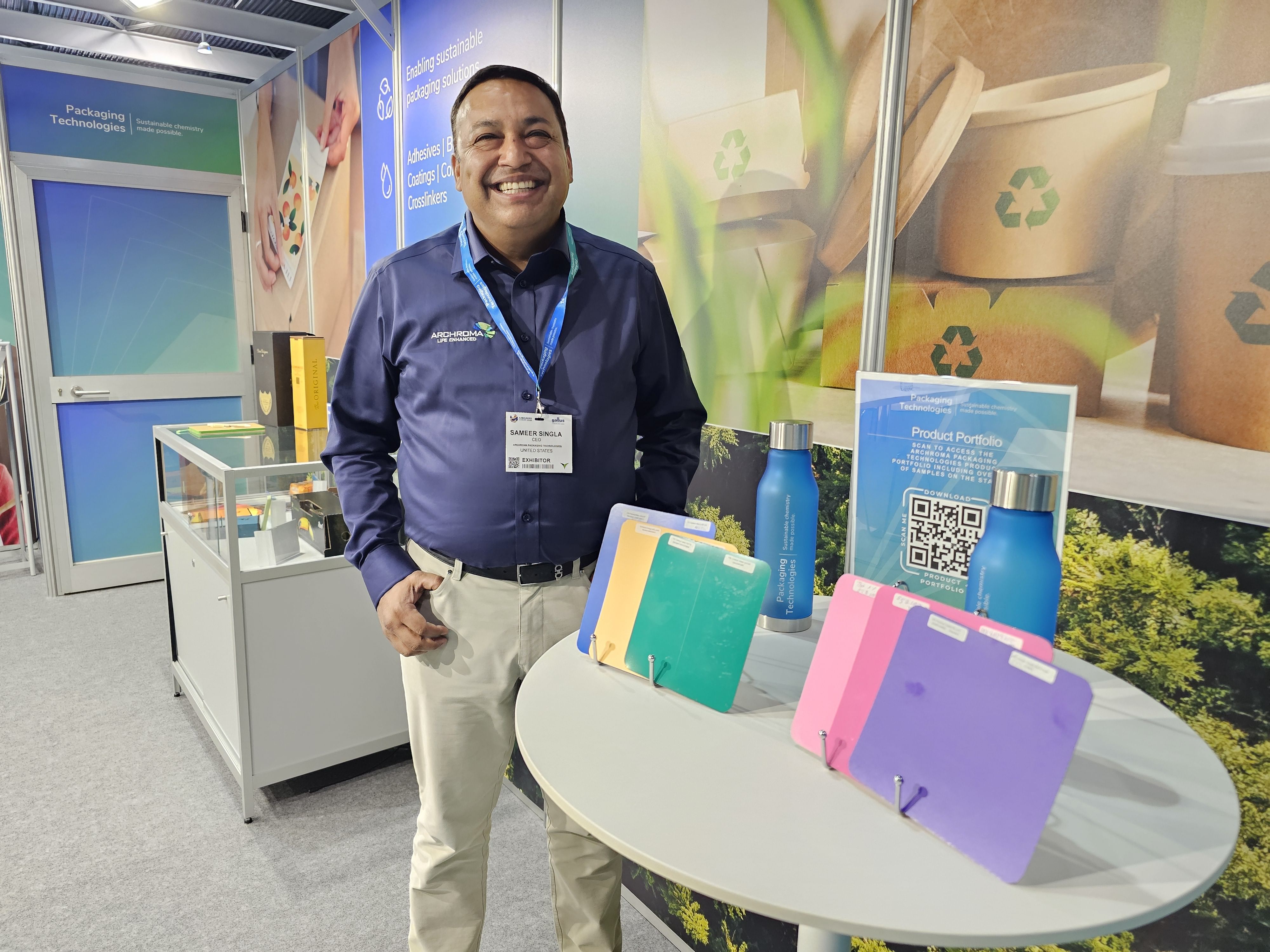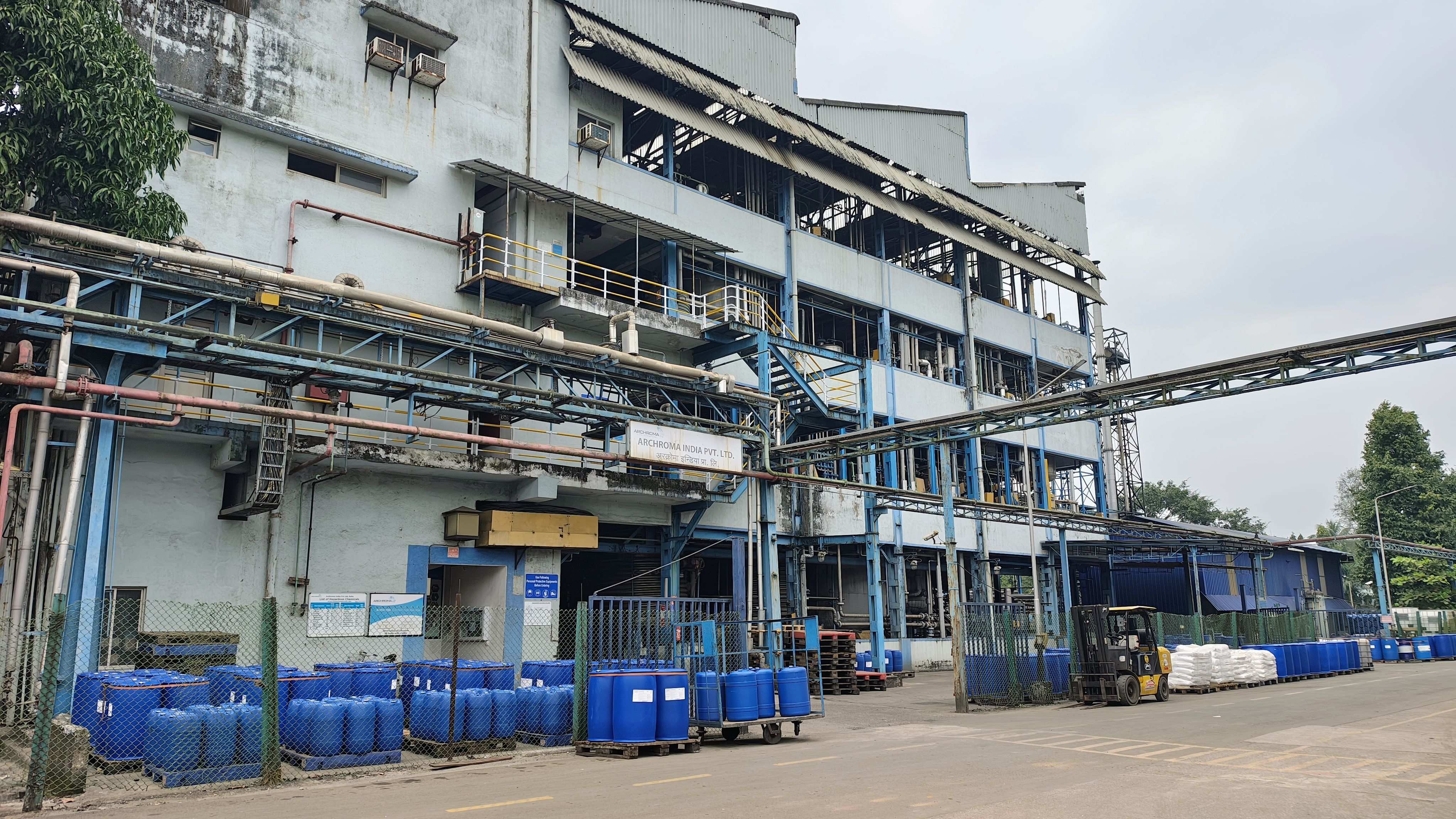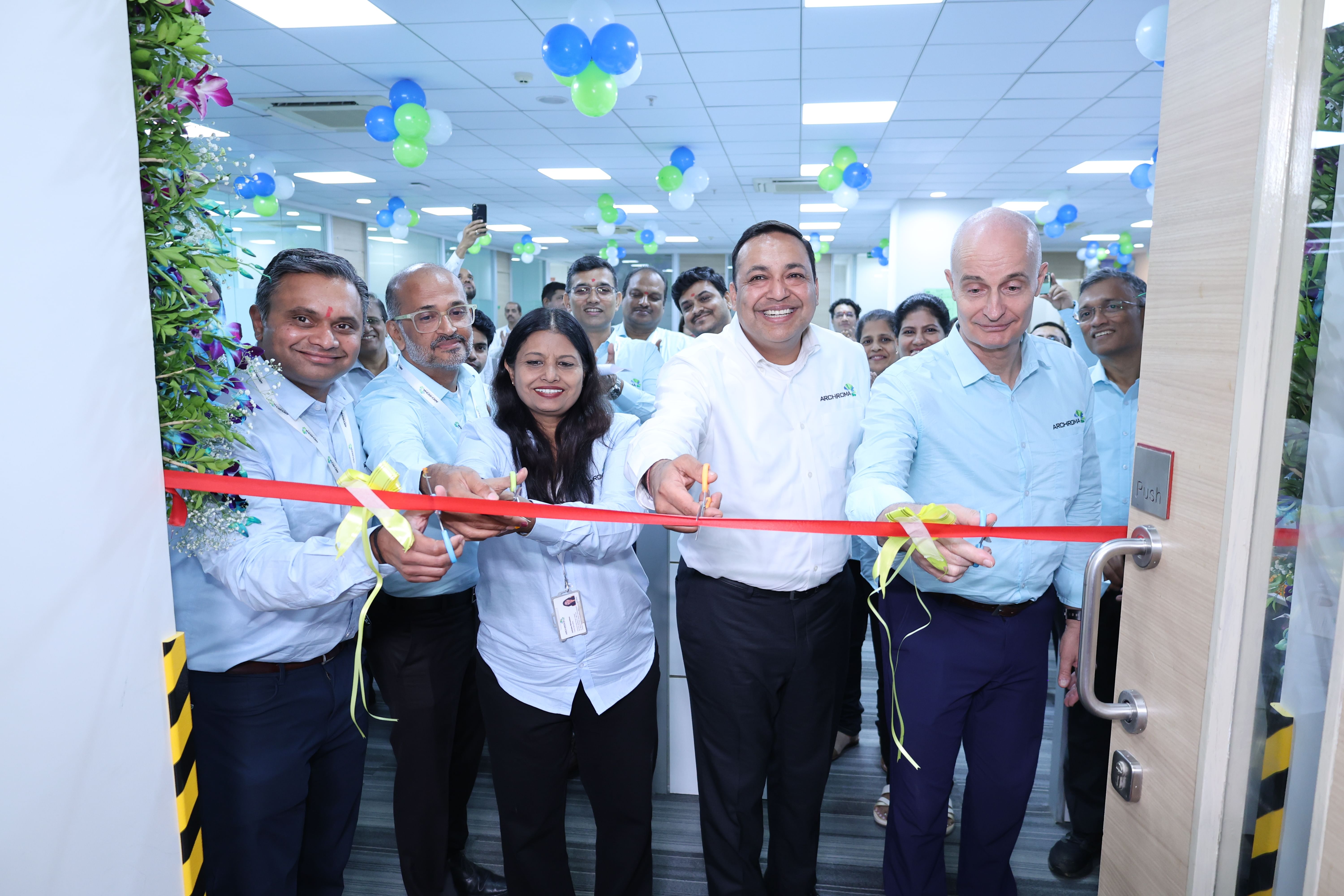From plastic to paper: Sameer Singla of Archroma
The CEO of Archroma Packaging Technologies, Sameer Singla, in conversation with Noel D’Cunha speaks about India’s potential to lead the global packaging transformation, the science behind bio-based chemistry, and why collaboration between policymakers, brands, converters and chemical innovators will decide the pace of sustainable change
16 Oct 2025 | By Noel D'Cunha
Archroma has been part of the paper industry for more than 140 years, yet its name has long been synonymous with textiles and has created a business focused on packaging. But as the CEO, Archroma Packaging Technologies, Sameer Singla shares the company’s packaging story in India began with a question.
“When I first came to India as CEO of the business, I saw a big market opportunity to help transform the packaging industry and asked my colleagues, why are we so small?” he recalls. “That question triggered everything that followed.”
Since taking charge, Singla has pushed for heavy investment in India’s packaging chemical’s business. The company has renovated its application labs, channeled money into modernisation, and hired over thirty specialists in the past eighteen months. “We hired the right people, built the right technology base, and created an environment that signals we’re serious about packaging,” he says. “India is growing at six to seven percent, and we have the chemistry to exceed that growth.”
Archroma Packaging Technologies strength lies in its legacy of cellulose expertise. “We’ve had cellulose experience for over 140 years,” Singla notes. “With the single-use plastic ban, we’re among the best positioned to move packaging from plastic to paper because we already sell paper and packaging technology across the world.”
In India, Archroma Packaging Technologies portfolio already serves top paper producers. The company is also the largest global producer of optical brighteners. “Every big mill needs white colour, every box needs brown dye,” Singla explains. “We supply both — and everything that binds, strengthens or protects them.”
From pulp to finished board, Archroma Packaging Technologies provides chemistry at every stage — dry- and wet-strength resins, barriers against water and oxygen, adhesives for lamination, and pulp-processing additives that reduce stickiness and pitch. “We take pride in being there from pulp to box,” he says. “And when that box comes back for recycling, our chemistry helps make it re-pulpable again.”

Sameer Singla, CEO of Archroma Packaging Technologies
The plastic-to-paper transition
India’s paper packaging push places Archroma Packaging Technologies in direct competition with global heavyweights and strong local players. Singla is realistic but confident. “In packaging chemistry, we’re ahead. We’ve been selling it for forty or fifty years in Latin America and the US. The only difference is that we’re newer to India.”
Archroma Packaging Technologies advantage, he explains, lies in chemistry that allows paper to mimic plastic’s properties. “Plastic will move to paper, and we are one of the few companies helping that happen. We’re building a big biomaterials base using polysaccharide-based chemistry, which is biodegradable, repulpable, recyclable, and compostable. It replaces fossil-fuel chemistry with materials that behave like nature.”
Singla doesn’t dismiss plastic’s strengths. “From a physical property standpoint, plastic is still the best material for packaging,” he admits. “But 90% of the functionality that paper needs, that is, water resistance, strength, flexibility, comes from chemistry. That’s where we participate.”
He gives a simple example. “In traditional flexible packaging, converters use titanium-dioxide based white ink during printing and then use adhesive for lamination. We have developed a water based white adhesive for lamination that eliminates the need to print white ink. With this, one step is gone, less cost, less waste – a more sustainable solution”
Collaboration, not competition
Singla insists that Archroma Packaging Technologies approach is not to sell chemistry but to sell solutions. “We don’t go to the market saying we’re a chemical’s company,” he says. “We look at a box and ask, what chemistry does it need? Coatings, dyes, barriers, adhesives, optical brighteners, and we build our portfolio around supplying everything.”
That holistic view has helped Archroma Packaging Technologies align its innovation with global trends. The packaging chemical market, valued at roughly USD 20 billion, is expanding by about 5% each year. “Every year we add another billion dollars’ worth of chemistry to packaging,” Singla notes. “That’s the world we live in, and India is the next frontier.”
Public policy is critical to Singla’s argument. India’s single-use plastic ban, he says, was not just an environmental step but a strategic one. “India is progressive. Think about how we skipped the copper-wire phase and went straight to mobile phones. We have the opportunity to do the same with packaging — leapfrog straight to paper.”

Archroma Packaging Technologies' manufacturing site in Roha, producing emulsions, adhesives, dyes and resins for both textiles and packaging
Why India can lead
India’s geography, climate and infrastructure have historically favoured flexible packaging. “It’s the only country where you can have plus 50 degrees and minus 30 degrees at the same time, nine months of rain and then none,” Singla says. “You have highways, and in some regions no ways at all, but you still have to get the product to the consumer affordably. That’s why flexible packaging became dominant.”
Yet almost every flexible pack, he adds, is non-biodegradable. “So now that single-use plastic is banned, what happens to those multilayer sachets and pouches left on the road?” The answer lies in cross-border collaboration. Singla says, “In Germany and Italy, companies already have technology to convert flexible pouches into paper. We are engaged with some of these manufacturers to bring both the chemistries and solutions to market. We hope to bring these solutions and technology in India.”
Singla points to Europe for examples of what’s possible. “Leading brands used to use foil packs; now in the UK and Europe, it’s all paper. The technology exists. What limits adoption is affordability. That’s why brands, converters, policymakers and chemical providers have to work together. None of us can make this change happen alone.”
He sees India’s economic structure as an advantage. “We’re a net importer of crude oil,” he explains. “Plastic packaging depends on crude. Paper packaging doesn’t. We have forests. If we move to paper faster, we reduce crude imports and save foreign exchange. It’s not just about sustainability – it’s national economics.”
A gradual transition
Can India really replace plastic with paper? Singla answers with optimism tempered by realism. “Everything is possible. The question is time,” he says. “Sustainability is a journey. You can’t go from A to Z overnight; you go step by step.”
He uses a relatable example. “Look at coffee cups. Some brands require that their cups hold coffee for 72 hours. But who keeps coffee for 72 hours? If you change that expectation to three hours, there is technology available in the market to improve sustainability for this application. The consumer and brand promise must evolve together.”
Changing perceptions, building trust
Public perception is another challenge. For decades, “cutting trees” was equated with environmental harm. Singla sees that narrative changing. “If you asked before 2020, people would say cutting trees is bad. But CEOs of paper companies will tell you they’re not cutting trees; they’re harvesting. Today, in many parts of the world, sustainable harvesting is being implemented, and consumers are learning that paper can be sustainable.”
He also sees change in everyday behaviour. “In India, hotels are switching from plastic to glass bottles. At first, people wanted packaged drinking water because the cracked seal gave them trust. Now guests trust the hotel to provide safe water in glass bottles. That’s progress. It takes time for habits to change, but once trust builds, the transition accelerates.”
This generational shift gives him confidence. “My kids already want to use paper and sustainable materials. They push for it more than we do. That tells me the change is real.”
Factories, partnerships and the future
Archroma Packaging Technologies operates three manufacturing sites in India – Roha, Baroda and Ankleshwar – producing emulsions, adhesives, dyes and resins for both textiles and packaging. The company works closely with converters and brand owners, helping them explore alternatives to single-use plastics.
On 5 September 2025, Archroma inaugurated its first Global Centre for Innovation in Mumbai (India) focussing on flexible packaging and wood. This marks a significant development for the region and highlights our ongoing commitment.
Singla knows change cannot happen overnight but insists it has begun. “When I talk to customers, everyone is looking for solutions to get out of single-use plastic. Policy, technology, and consumer behaviour have to move together.”
He’s philosophical about India’s trajectory. “If we start now and build a paper-based market, we won’t need to construct large petrochemical plants to support plastic packaging. With 20% of country’s land mass as forests and sustainable harvesting, India can build a more self-reliant ecosystem. That’s how we contribute to the vision of 2047.”
The CEO closes the loop by returning to first principles. “Look around you,” he says. “There isn’t a single thing here that doesn’t need packaging. You can’t move anything without it. Packaging is part of our daily life. The chemistry of packaging is the chemistry of change. If we can make packaging sustainable, we can leave behind a better world than the one we inherited.”
(l-r) Dinakar Gnanamgari, Rituparna Chakraborty, Jyotsana Shrivastava, Sameer Singla, Cyril Coumans



